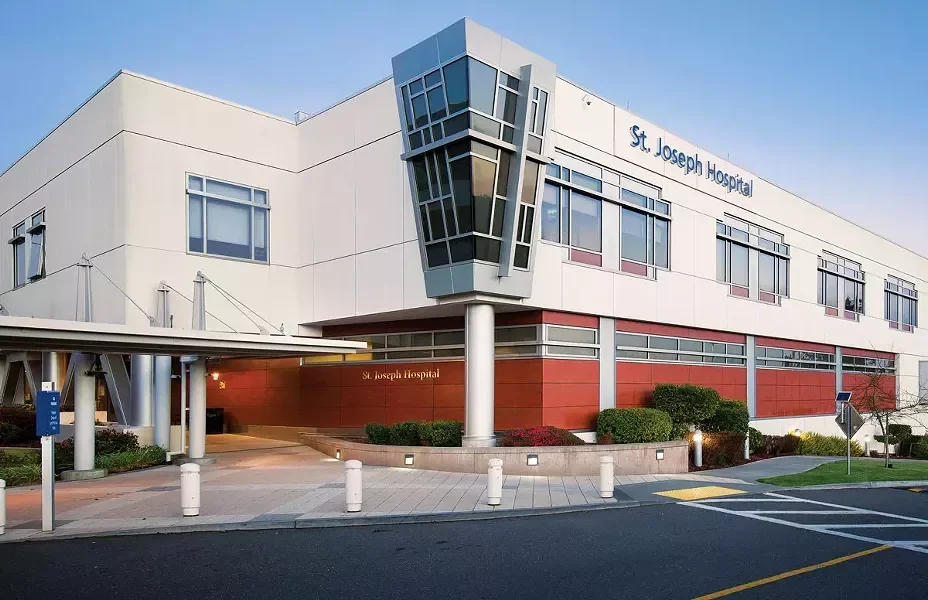
When Religious Beliefs Collide with Life-Saving Care: A California Woman’s Ordeal
In a gripping tale of medical emergency and legal battle, a California woman's fight for emergency abortion care highlights the ongoing clash between religious freedoms and women's health rights. This case, unfolding in rural Humboldt County, raises critical questions about access to reproductive healthcare and the limits of faith-based policies in modern medicine.
Anna Nusslock's nightmare began in February 2024, when she arrived at Providence St. Joseph Hospital in Eureka, bleeding and in severe pain after her water broke at 15 weeks pregnant with twins. Despite doctors confirming the pregnancy was nonviable and posing significant risks to her health, hospital policies prohibited immediate intervention because fetal heart tones were detectable. Nusslock was discharged with a bucket and towels, forced to seek care elsewhere, ultimately undergoing emergency surgery at another facility. "I am planning to fight this for the rest of my life," Nusslock told CalMatters, underscoring the personal trauma and potential life-threatening consequences.

This incident has sparked multiple lawsuits. California Attorney General Rob Bonta filed a suit alleging violations of state emergency services laws and civil rights acts, arguing that denying care endangers lives. In a September 2024 ruling, Humboldt County Superior Court Judge Timothy Canning rejected Providence's bid to dismiss the case, affirming that state laws on emergency care must prevail. Providence defends its actions, citing religious liberties under the U.S. Constitution and Catholic directives that prohibit abortions except in extreme circumstances. A hospital spokesperson emphasized, "We are transparent that we do not perform elective abortions but provide medically necessary interventions in emergencies."
The case exposes broader issues in California's healthcare landscape. Catholic hospitals operate 20% of the state's maternity wards, particularly in rural areas like Humboldt County, where Providence is the sole provider. This dominance has led to geographic disparities, with patients facing long drives for basic reproductive services. Experts, such as Lori Freedman from UC San Francisco, note that while some doctors find workarounds, the ethical directives often delay critical care, potentially leading to infections or hemorrhaging. As obstetrician Maryam Guiahi points out, "Medicine is about 'do no harm,' but waiting until patients get sicker contradicts that principle."

Comparisons with non-religious hospitals reveal stark differences; secular facilities prioritize patient autonomy and immediate intervention. Nusslock's experience is not isolated, with other women reporting similar denials, as detailed in court declarations from doctors. This patchwork of care underscores the fallout from the 2022 overturning of Roe v. Wade, amplifying California's efforts to protect abortion rights amidst federal shifts.
In conclusion, Nusslock's case serves as a stark reminder of the human cost when religious policies intersect with emergency healthcare. It prompts vital questions: How can we balance faith and public safety? As this legal battle continues, it challenges us to rethink access to reproductive care in underserved areas. What are your thoughts on this issue? Share your views in the comments below and help spark a conversation on protecting women's health rights.